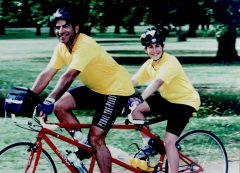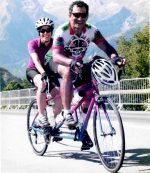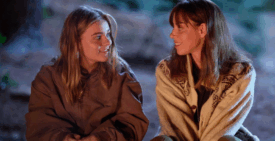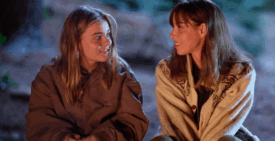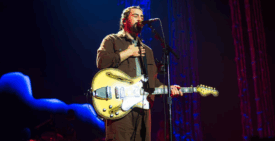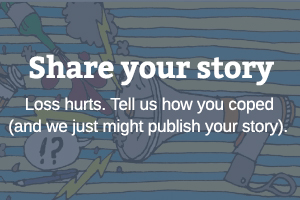
Mark and Eva, 1997 (Courtesy of Mark Gunther)
When I first bought a tandem bicycle to ride with our twelve-year-old daughter Eva, I had no idea what was in store for our family. At the time, I was a newly minted ultra-cyclist and Eva wanted to share my interests. I was happy to oblige.
But later that summer, my wife, Anne, and I lost Eva to a drunk driver. For months I couldn’t imagine the big bike ever coming down off the wall. But in her grieving, Anne systematically began doing each of the activities Eva had done. Reading her books. Playing her games. Going to her Tae Kwon Do classes. By early the next summer, tandem riding had risen to the top of her list. After just a few rides we were hooked, and in the two decades since, tandeming has become an important part of our life together.
READ: After My 6-year-old Son Died, I Was Determined To Grieve on My Own Terms. So I Sold All My Belongings and Set Off on My Bicycle
I suspect we would have started riding even if Eva had lived, but that’s not how it ended up happening. Eva’s death brought us to the tandem and she is as stitched into each ride as is the labor of climbing mountain passes or the exhilaration of a high-speed descent. Anne often feels Eva’s presence on the bike. I don’t; I suspect my guilt is still too immersive. But I have faith in Anne, so her feeling is a blessing experienced on our joint behalf.
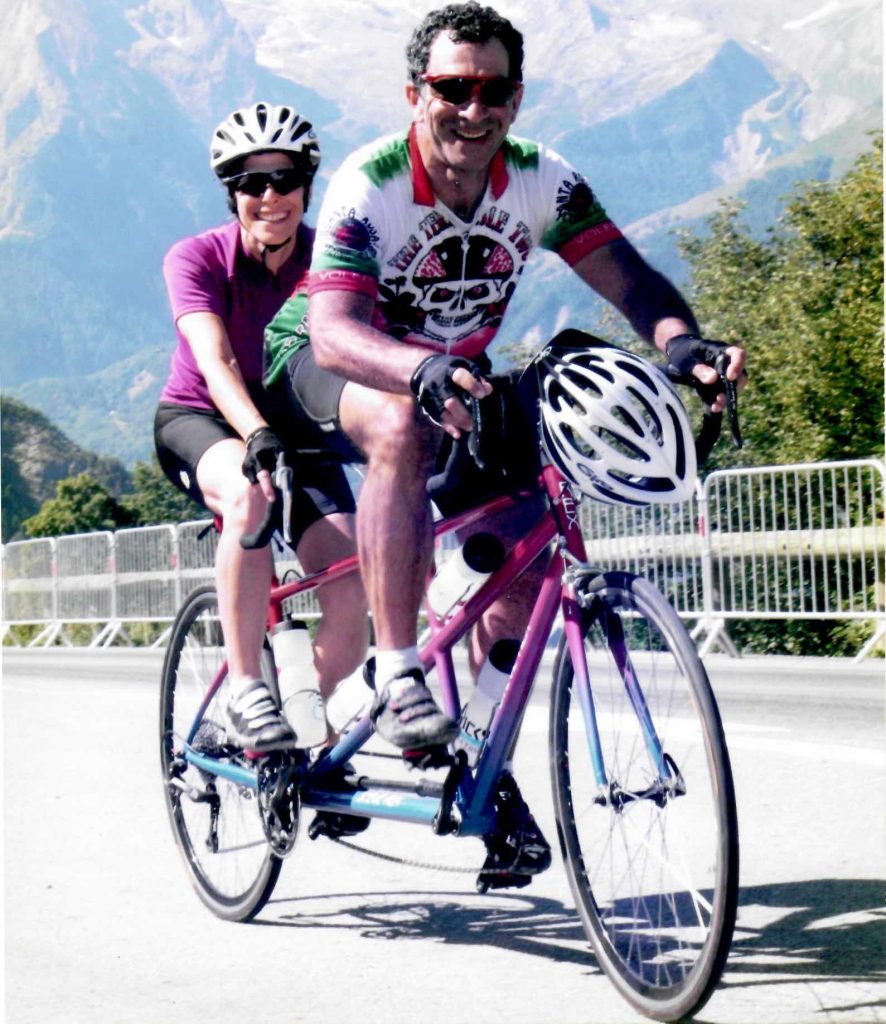
Mark and Anne, 2004 (Courtesy of Mark Gunther)
Grief is one of the deep intimacies of our marriage. It happens in the present tense and can happen at any time, in an instant. We have grieved without limits and in front of each other, all of our weakness and helplessness and pathos right in the other’s face. But on the bike, we have a task we can only accomplish together, and that changes the experience of the self — bicycle touring as occupational therapy.
I’m aware that for some mourners, the metaphorical value of riding the tandem might be outweighed by its physical requirements, Perhaps any difficult thing a bereaved couple must accomplish together would do. For us, tandem riding fits. We’re both athletic. We love being outside all day in the mountains or at the coast. We love covering ground. We love being strong of mind and body, getting tired and sore and even more determined. We love sharing the hard work of it, turning the pedals, generating the power, managing the effort, navigating the route, even keeping track of our water and food and various layers of clothing. We love cooperating with each other to both accomplish and enjoy the ride. I love dedicating my experience and strength to Anne’s safety and comfort.
READ: Throughout My Daughter’s Illness — and in the Aftermath of Her Death — My Treadmill Has Been a Loyal Companion.
There is a mundane intimacy to what we are doing, sharing breath and sweat and unrelenting effort and the creeping exhaustion that can build up over a multi-day tour. And when we find our perfect teamwork, the right cadence, legs and lungs and breath and power all balanced and cooperating, it’s marvelous. Sometimes I think we can ride all the way to where Eva is. But that can never be.
Yet on the tandem there is an odd way in which Eva’s life is still evolving. She’s not alive, of course — that fantasy got ground out of me long ago. Eva is not some mystic, spectral force lending her wattage to our progress, or the proverbial apple bobbing away on a stick just out of reach. She’s not a ghost or a fairy or a reincarnated bird or a magical presence in each tree and bush along the road.
Yet on the bike, she is of the moment. Our tandem riding both reflects and amplifies the way we experience our grief together. And for us, in this space, in a very small way, Eva still has life.
Mark Gunther has been many things in his life — student, hippie, cook, husband, carpenter, father, dancer, administrator, musician, entrepreneur, athlete. After his daughter Eva was killed by a drunk driver in 1997, he and his wife started the Eva Gunther Foundation to “fuel hope in the heart of a girl.” Koehler Books recently published Mark’s novel of grief and recovery, “Without Jenny.”


